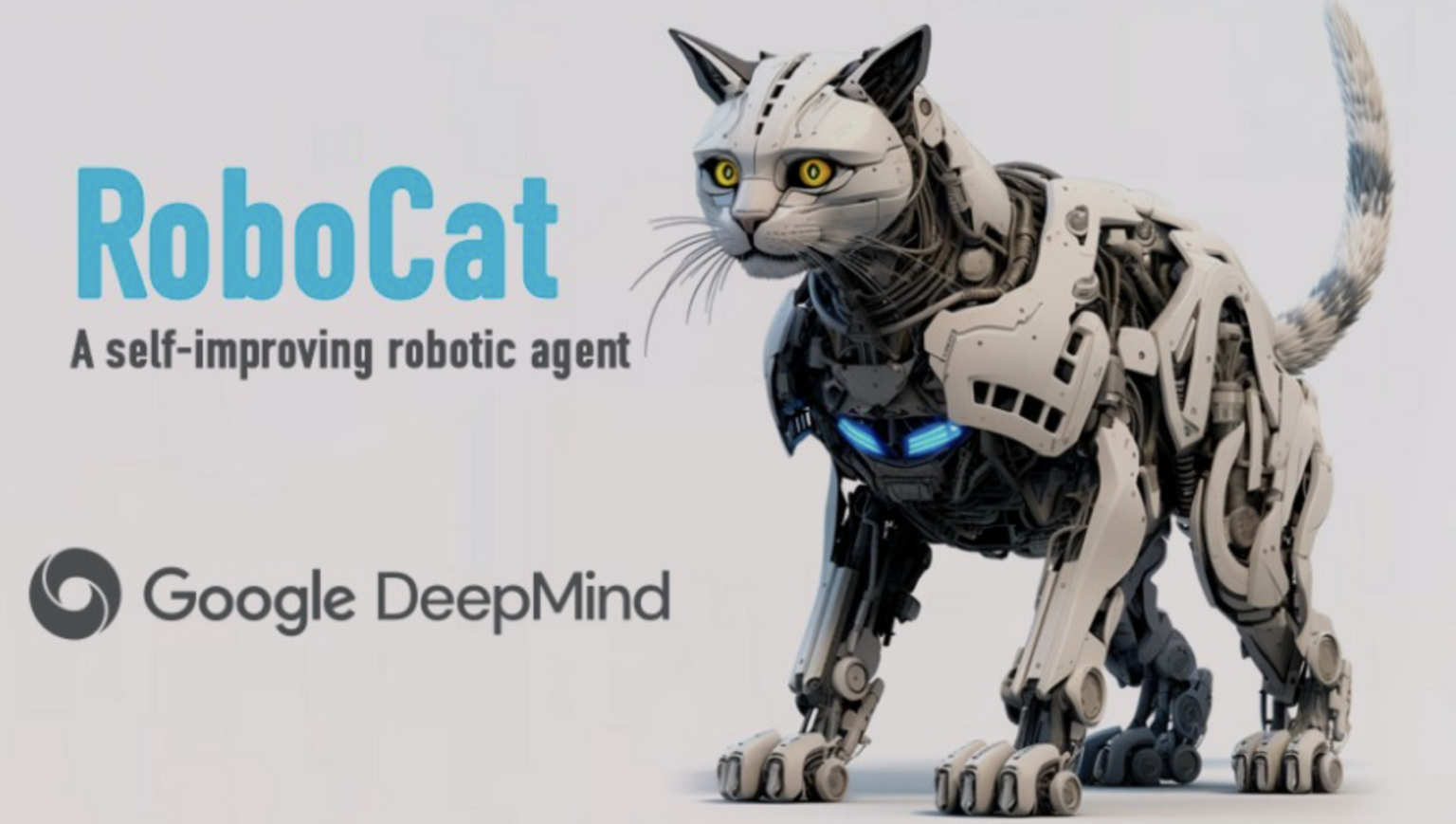The age of autonomous robots learning and adapting in real-time is here, spearheaded by DeepMind’s groundbreaking RoboCat. This advanced AI model exemplifies the strides being made in robotic manipulation, showcasing how robots can effectively learn and adapt across a range of tasks with minimal human intervention.
RoboCat, an initiative by Google’s AI powerhouse DeepMind, is a revolutionary step forward in the field of robotics. This AI model, inspired by the versatile Gato model, has the unique ability to operate various robotic arms and perform complex tasks autonomously. Unlike traditional models that require extensive human-led training, RoboCat can improve itself by analyzing data from both simulated environments and real-world interactions.
The innovative learning process of RoboCat involves observing human-controlled demonstrations, which range from picking up objects to more complex activities like sorting shapes. Once a task is demonstrated, RoboCat undergoes a fine-tuning process, repeating the task thousands of times to perfect its skills. This capability allows it to transition smoothly between tasks and even robotic arm types, from simpler two-pronged versions to more intricate three-fingered grippers.
Notably, RoboCat’s design enables it to generate its training data, significantly enhancing its learning efficiency. This self-improving loop mimics human learning, where exposure to diverse tasks and environments leads to a broader skill set and quicker adaptation to new challenges .
DeepMind’s RoboCat is more than just a technological marvel; it is a blueprint for the future of robotic autonomy. By reducing the dependency on human supervision and allowing robots to learn and adapt independently, RoboCat is paving the way for smarter, more versatile robotic systems that could soon become an integral part of everyday life.


